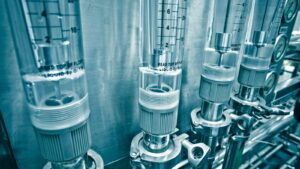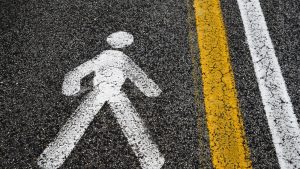The world of mechanical engineering is the place where it is affected by the rapidly changing new technology in the world. It is a revolutionised movement from traditional mechanical asset management to new-era smart asset management utilising cutting-edge technology. Artificial Intelligence or AI is the newly invented technology to take control of mechanical assets and with the emergence of this, the whole asset management process shifted from being traditional to ‘smart’.
In this article, we will be exploring the employment of AI technology in mechanical assets and how it contributed to the movement from traditional to smart mechanical assets while delving into the benefits when it is implemented to monitor assets.
What is AI Technology in Mechanical Asset Management?
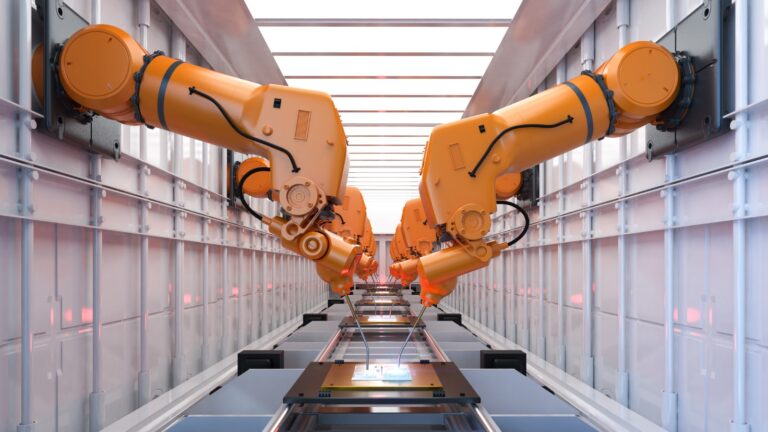
AI technology in mechanical asset management is the integration of artificial intelligence to improve the monitoring, maintenance, and performance of mechanical assets. With the aid of cutting-edge algorithms and data analysis, administrators of assets can now make data-driven choices for more effective and proactive asset management. AI is able to figure out prospective maintenance requirements, spot abnormalities, and notice early indications of asset deterioration by evaluating real-time data from smart sensors.
This predictive capacity enables routine upkeep, eliminating costly breakdowns and downtime. Also, AI technology offers efficient resource management, adaptive control, and performance analytics, ensuring that mechanical assets perform as efficiently and stably as possible.
Limitations and Challenges Faced by Traditional Assets
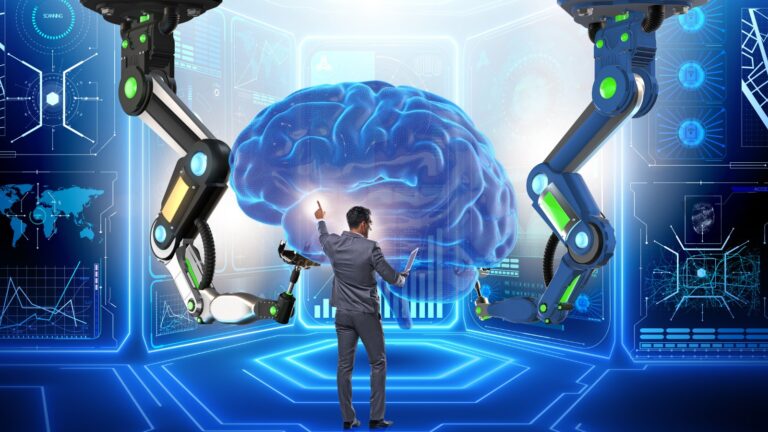
Manual Monitoring
When assets are inspected manually, it is a visible fact that there are lots of limitations and challenges on the way. The whole asset management process is time-consuming and it requires lots of human labour to monitor one single asset. Considering the effort the operators put to get small information, it is difficult to ensure its accuracy because it is highly prone to human errors.
A further disadvantage of manual monitoring is that it might require longer to respond to repair requests, increasing downtime and raising maintenance expenses. Adopting contemporary technology, such as AI-driven sensors and automation, becomes necessary to overcome the constraints of human monitoring and make the shift toward smarter, data-driven asset management practices as industries change and demand more effective asset management.
Limited Data Insights
Traditional assets frequently lack the capacity to collect and evaluate full data insights, when compared to their cutting-edge sophisticated substitutes. This shortcoming makes it difficult for asset managers to get a comprehensive picture of the performance, health, and prospective maintenance requirements of an asset. Without access to current and historical data, decision-making could be based on assumptions or prior knowledge, producing less-than-ideal results.
To get beyond this restriction, it is important to embrace contemporary technology like AI-powered sensors and data analytics.
Reactive Maintenance
Reactive maintenance is a significant drawback and difficulty that conventional assets in many businesses deal with. Traditional assets frequently rely on reactive maintenance techniques, in contrast to smart mechanical assets that gain from predictive capabilities.
Reactive maintenance handles problems only after they arise, which results in more downtime, more expensive repairs, and possible safety risks. Asset managers are unable to recognise and take early action against possible issues because real-time data insights and predictive analysis are lacking.
Lack of Real-time Updates
Mechanical assets and the respective industries require to make certain decisions related to the data received through them. However, when implementing traditional methods it is not possible to get real-time data. This limitation of real-time data and relevant updates makes it difficult for asset managers to rely on.
Finding problems or abnormalities becomes more difficult without real-time insights into asset performance and condition, which has a ripple effect on maintenance scheduling and overall asset productivity.
Functioning Alone
It is a severe restriction and the issue for traditional assets across all industries to operate independently of other systems. Conventional assets usually operate independently of other essential systems and lack integration, in contrast to smart mechanical assets, which profit from continual contact and data exchange.
This lack of integration causes inefficiencies and lost opportunities for optimisation, which also obstructs the sharing of information and data. Reaction times to changing circumstances or interdependent processes could be slowed down if systems are unable to interact with one another.
How AI Enhances Smart Mechanical Asset Performance
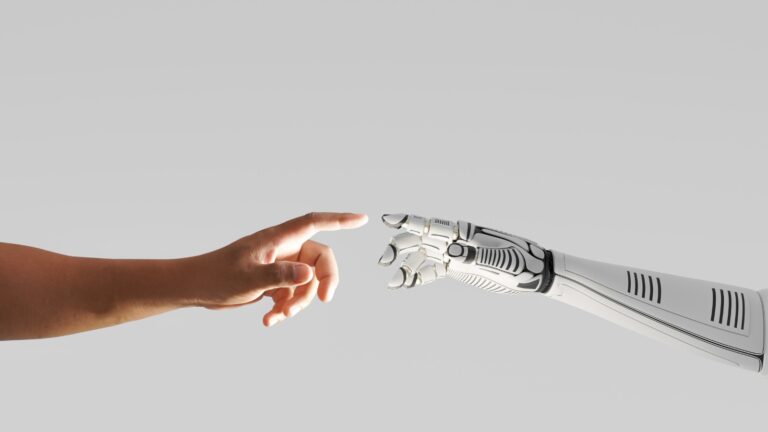
Performance Analytics
The key to enhancing the performance of smart mechanical assets with AI is performance analytics. AI-driven performance analytics continually assesses the operational effectiveness and health of smart mechanical assets by utilising cutting-edge algorithms and data analysis. AI delivers insightful information about asset behaviour by examining previous performance measurements and real-time data from sensors, revealing trends and patterns as well as possible areas for development.
Asset managers can make wise decisions to maximise asset operations, proactively address concerns, and implement targeted changes armed with these data-driven insights. AI-powered performance analytics enable mechanical smart assets to run at maximum efficiency, improving overall dependability, decreasing downtime, and extending their lifespan, transforming asset management techniques in a data-enabled, proactive way.
Adaptive Control and Optimisation
Smart mechanical assets can continually modify their operations in reaction to real-time data and shifting situations by utilising AI-powered algorithms. Inputs such as workload, ambient conditions and operating requirements are among the many variables that AI examines sensor data and other pertinent inputs to maximise asset performance.
Smart mechanical assets are guaranteed to perform at maximum efficiency and adapt to various conditions due to this dynamic and responsive approach. AI enables these assets to perform intelligently, reduce energy consumption, and increase lifetime by utilising adaptive control and optimisation. This eventually increases their productivity and contributes to creating a more effective and efficient asset management approach.
Optimal Resource Allocation
Smart mechanical assets can efficiently analyse and distribute resources based on real-time data, consumption patterns, and operational needs through the use of modern data analysis and AI algorithms.
Asset administrators are able to choose sensibly how to distribute resources, ensuring that assets are used effectively, cutting down on waste, and increasing total productivity, because of AI-driven insights. The resource allocation for mechanically intelligent assets is enhanced by this data-driven method, leading to cost savings, increased operational effectiveness, and improved performance.
Predictive Maintenance
Predictive analytics powered by AI technology is a significant benefit of this for sure. Since predictive analytics has the power to gather information from its affiliated sensors and look into the historical information of the assets, it can transmit real-time data while predicting the maintenance requirements and the threats to them.
By implementing a proactive approach, asset managers can schedule maintenance work for when they are really needed, preventing unanticipated downtime and cutting maintenance expenses. Through AI-driven predictive maintenance, smart mechanical assets are kept in top working order, increasing uptime, extending asset lifespan, and ultimately improving performance and efficiency.
Anomaly Detection
AI can spot unusual trends or variations from predicted behaviour in mechanically intelligent assets by continually monitoring real-time data from sensors. Early recognition of anomalies enables timely response to avert probable failures or breakdowns.
AI-driven anomaly detection decreases downtime, lowers maintenance costs, and assures optimal asset performance by taking proactive measures to resolve anomalies. Asset managers gain the authority to take preventative action due to this data-driven procedure, which also improves the entire asset’s efficiency and dependability.
Reaching the New Heights with Advanced Technology
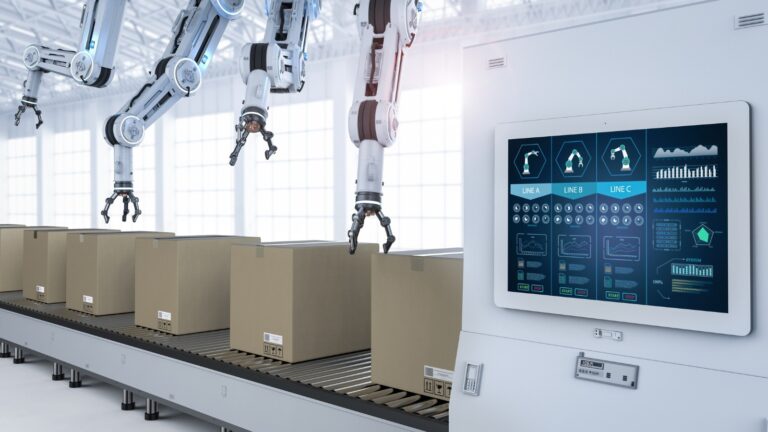
As you have learned, there are several benefits associated with AI-driven mechanical technology when industries walk down the path from ‘traditionalism’ to ‘new-age’. If you incorporate this new technology into your business ventures through various aspects, it will undoubtedly bring you to new heights with its advanced capabilities.


